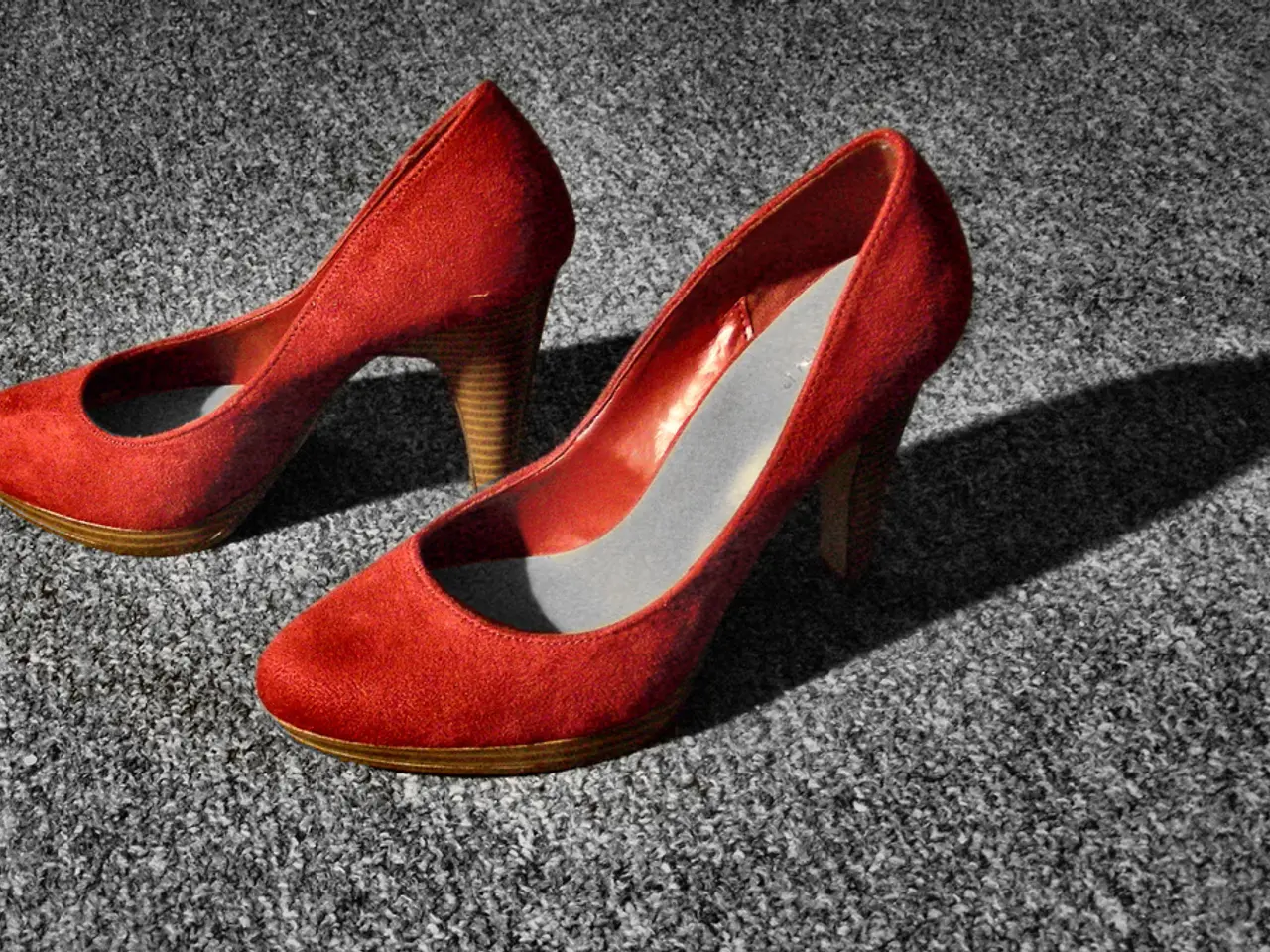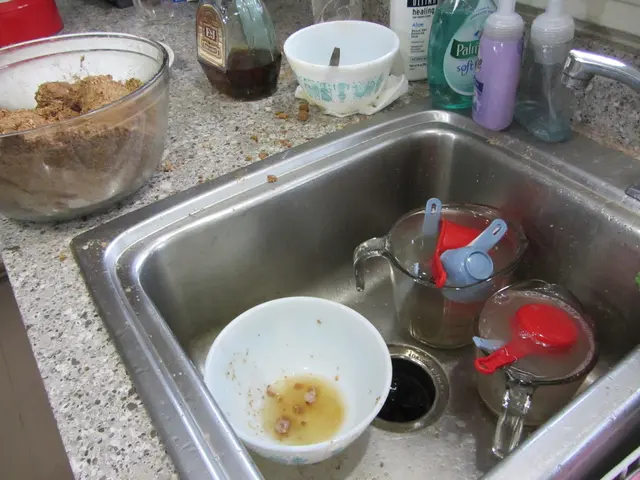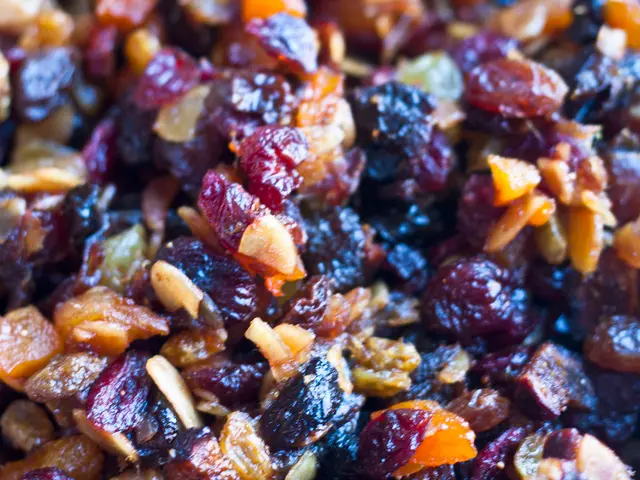The European Commission recently released a document detailing the employment of the word 'snow' within the European Union.
As the weather warms up and we break out our sandals and summer shoes, it's essential to be prepared for the potential discomfort that can come with new footwear. Blisters, caused by friction and moisture, can put a damper on even the sunniest of days. But fear not, for we have compiled a comprehensive guide to help you prevent and treat those pesky blisters.
**Preventing Blisters: The Key to Comfortable Summer Feet**
The first step to blister-free summer feet is ensuring that your shoes fit perfectly. Choose shoes that snugly hug your feet without being too tight or too loose. If needed, use insoles for a better fit. Once you've found the perfect pair, break them in gradually by wearing them for a few hours daily, increasing wear time over several days. Thick socks can help gently stretch the shoe during this process.
Moisture management is another crucial factor in blister prevention. Wear moisture-wicking socks and change them immediately if they become damp. Use foot powder or an antiperspirant formulated for feet to minimize sweating. At the first opportunity, air out your shoes and let your feet dry, especially after sweating or swimming. For sandals or shoes with straps, silicone toe caps can prevent blisters between toes.
Opt for double-layer hiking socks, which use a slippery inner layer to reduce friction against the skin. Consider rolling down the tops of your socks over the boot collar for better air circulation and to help keep feet dry—a technique known as the “chimney effect.” Keep your skin healthy by moisturizing regularly; hydrated skin is more resilient and less likely to tear.
**Treating Blisters: A Quick Guide**
If a blister does form, clean the area gently with mild soap and water. Leave the roof of the blister intact if possible—it protects underlying skin and helps prevent infection. Cover the blister with a donut-shaped dressing, which relieves pressure while allowing the area to heal. If the blister bursts, clean the area, apply an antiseptic, and cover with a sterile dressing.
For those with diabetes, it's essential to check the blister area daily. Consult a healthcare professional if the area becomes significantly red, swollen, painful, or if there's pus, as these could indicate infection or complications. Persistent blisters despite preventive measures may signal issues like abnormal gait or pressure points; a podiatrist can help identify the cause.
**A Few Extra Tips**
Alternatively, gel pads or special anti-blister sticks can help relieve sensitive areas. Claudia Schulz, a footwear enthusiast, recommends walking a few steps with new shoes in the store to check for a good fit. Dusting feet with baby powder can reduce sweating and prevent friction, making blisters less likely to form. It's advised to break in new shoes gradually, either at home or on short walks. Special blister plasters with hydrocolloid technology can help absorb fluid from blisters, cushion pressure areas, and support the healing process.
This foot care trick is originally from the ballet world, where dancers use it to protect their strained feet. Never prick small blisters, as this increases the risk of infection. With these tips in mind, you'll be well-equipped to enjoy your summer shoes without the discomfort of blisters. Happy walking!
[1] Proper Shoe Fit and Break-In [2] Moisture Management [3] Friction Reduction [4] When to Seek Medical Attention
- Maintaining the health-and-wellness of your feet during summer requires not only preventing blisters but also taking care of skin-care. Regularly moisturize your skin to maintain its hydration and make it more resilient against potential blisters.
- If you're into fitness-and-exercise like dance or hiking, consider using double-layer hiking socks or special anti-blister sticks to reduce friction and protect your feet during physically demanding activities.





